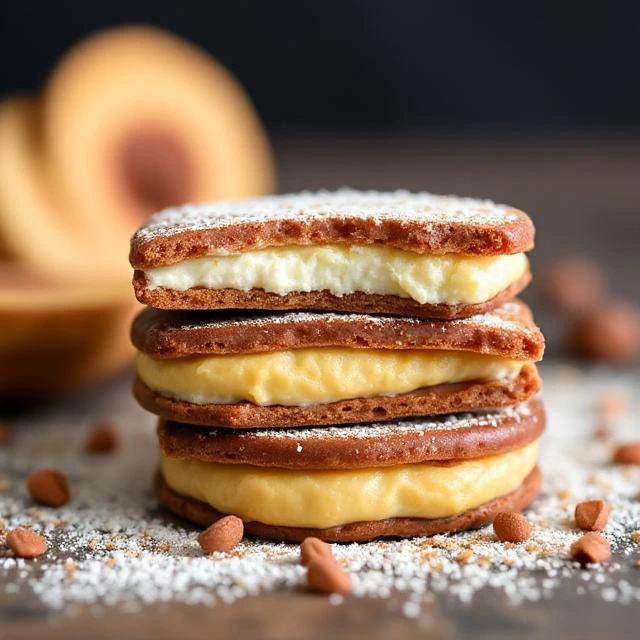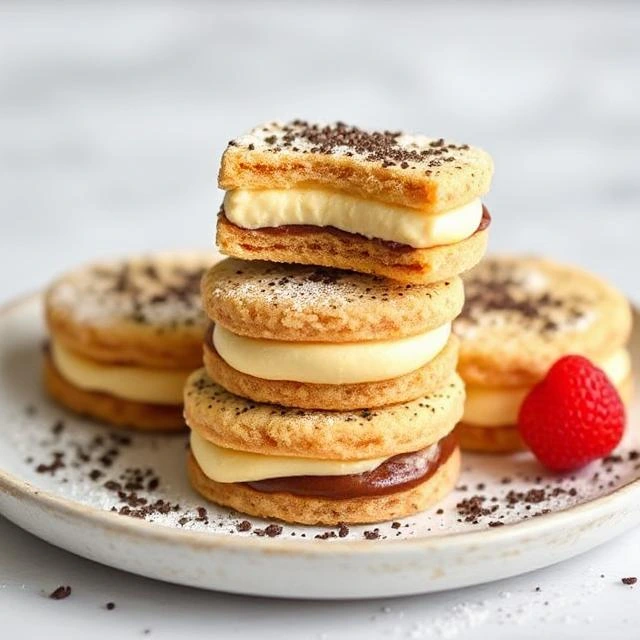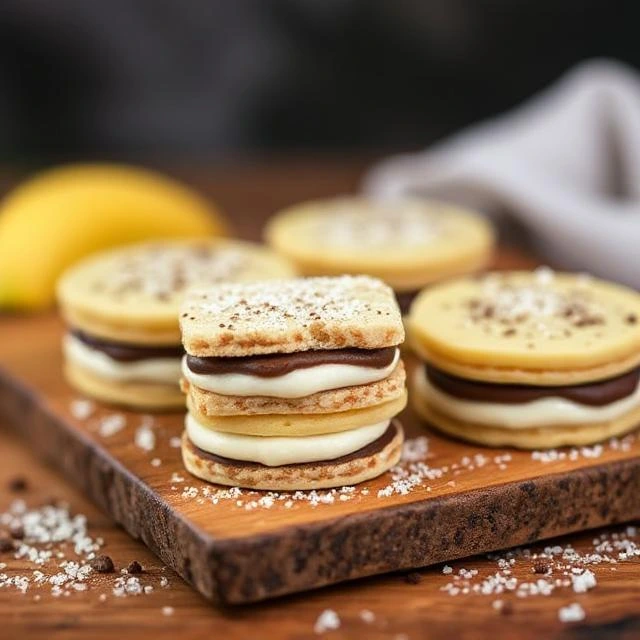Introduction: The Irresistible Charm of Alfajores
Alfajores—delicate, crumbly cookies sandwiching a cloud of dulce de leche—are more than just a dessert in South America. They’re a symbol of heritage, a staple at celebrations, and a treat that unites people across borders. From the snowy Andes to the bustling streets of Buenos Aires, these cookies tell a story of colonial history, culinary innovation, and cultural pride. In this article, we’ll delve into the origins of alfajores, their regional variations, and their enduring role in South American life.http://[Discover other traditional Latin American desserts here])
Chapter 1: The Historical Roots of Alfajores
The story of alfajores begins not in South America, but in the Middle East. The name “alfajor” derives from the Arabic word al-hasu, meaning “stuffed” or “filled,” reflecting the treat’s introduction to Spain during the Moorish occupation. Spanish colonizers later brought the recipe to the Americas in the 16th century, where it evolved into the sweet we know today.
Early South American alfajores were simple—made with honey, nuts, and spices—but the arrival of European ingredients like wheat flour and the invention of dulce de leche in Argentina transformed them into the creamy, melt-in-your-mouth delicacy we adore. By the 19th century, alfajores became a symbol of national identity in countries like Argentina, Uruguay, and Peru.http://[Read about the Moorish influence on Spanish cuisine at History.com])
Chapter 2: Regional Variations Across South America
While the classic alfajor features two shortbread cookies with dulce de leche, each South American country adds its own flair:
- Argentina: The undisputed alfajor capital! Argentine versions are often coated in chocolate or powdered sugar and range from artisanal alfajores de maicena (cornstarch-based) to mass-produced brands like Havanna and Cachafaz.
(Internal link: [Try our homemade Argentine alfajores recipe here]) - Peru: Peruvian alfajores are larger and dusted with powdered sugar, sometimes filled with manjar blanco (a lighter version of dulce de leche).
- Chile: Chilean bakers add coconut flakes or a hint of lemon zest to the dough for a tropical twist.
- Uruguay: Uruguayans rival Argentines with their chocolate-dipped alfajores, often filled with fruit preserves alongside dulce de leche.
- Bolivia and Ecuador: These countries incorporate indigenous ingredients like quinoa flour or panela (unrefined cane sugar).

Chapter 3: Alfajores in Culture and Celebrations
Alfajores are woven into South America’s social fabric. In Argentina, they’re a fixture at merienda (afternoon tea), paired with mate or coffee. During holidays like Christmas and Independence Day, families exchange homemade alfajores wrapped in colorful foil.
In Peru, the cookie is associated with the Señor de los Milagros procession, while in Chile, street vendors sell alfajores at festivals. The treat also plays a role in modern pop culture—Argentine rock star Charly García famously wrote a song titled “Alfajor de Amor.”http://[Learn about South American holiday traditions here])
Chapter 4: How to Make Authentic Alfajores at Home
Ingredients (Makes 12):
- 2 cups cornstarch
- 1¼ cups all-purpose flour
- ½ cup powdered sugar
- 1 cup unsalted butter
- 1 tsp vanilla extract
- 1 cup dulce de leche
- Shredded coconut or chocolate for coating
Steps:
- Mix cornstarch, flour, powdered sugar, and butter until crumbly.
- Add vanilla and knead into a dough. Chill for 30 minutes.
- Roll dough, cut into circles, and bake at 350°F for 12 minutes.
- Sandwich cookies with dulce de leche and roll edges in coconut or dip in melted chocolate.

Pro tip: Use high-quality dulce de leche for an authentic flavor!
Chapter 5: Alfajores Go Global
Alfajores are more than a dessert—they’re edible history. Whether enjoyed at a Buenos Aires café or baked in a home kitchen halfway across the world, each bite connects us to centuries of tradition and the vibrant spirit of South America.
Ready to explore more? (Internal link: [Dive into our guide to Latin American street food here])
FAQ Section
Q: Are alfajores gluten-free?
A: Traditional recipes use wheat flour, but gluten-free versions with cornstarch or almond flour are popular.
Q: How long do alfajores stay fresh?
A: Store them in an airtight container for up to 7 days.
Q: What’s the difference between Argentine and Peruvian alfajores?
A: Argentine versions are smaller and often chocolate-coated, while Peruvian alfajores are larger and dusted with sugar.

(External link: [Read more about gluten-free baking at BBC Good Food])
Conclusion: A Cookie That Bridges Past and Present
Thanks to South American diaspora communities and food bloggers, alfajores have gained worldwide fame. Brands like Havanna have opened cafes in Miami, Madrid, and Dubai, while gourmet versions feature matcha, salted caramel, or vegan fillings. In 2020, Google even celebrated alfajores with a Doodle, cementing their status as a global icon.